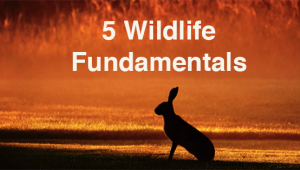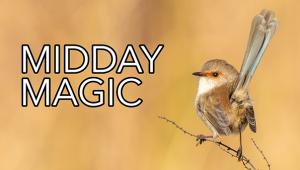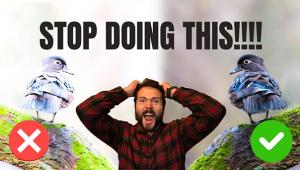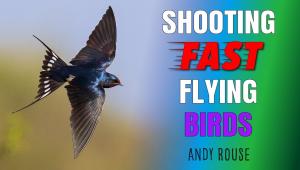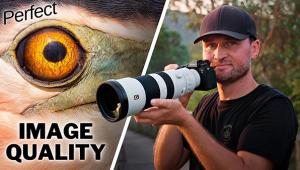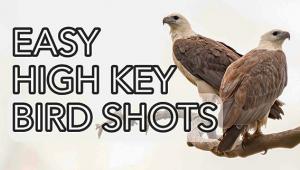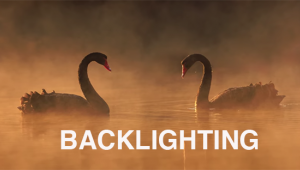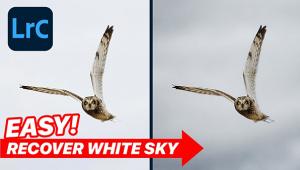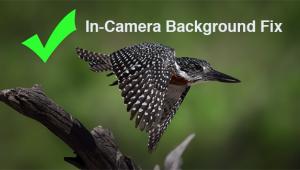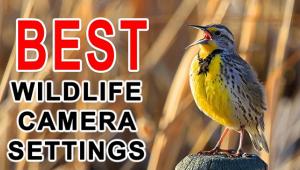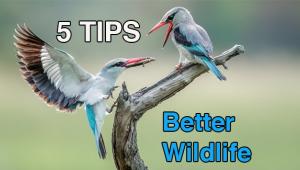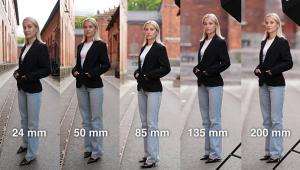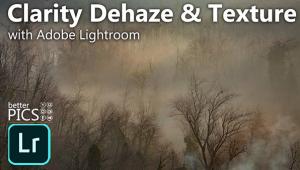How to Capture Crazy B&W Close-Ups of Wildlife: Anup Shah’s Rare Views of a Wild World
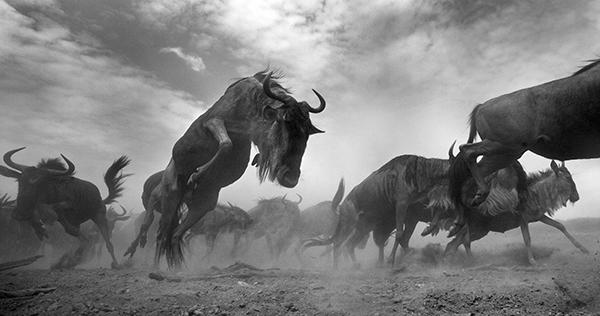
Anup Shah believes there is an authenticity to the personalities of wild animals: an animal in the wild wears no mask and assumes no role that is not genuine; neither is that animal influenced by humans in the way a captive creature would be.
To make photographs that capture behavior and personality without intrusion or influence, Shah first began to employ remote photography about 10 years ago.

“I started doing wildlife photography full-time about 1990,” he says, “but I was very unhappy doing the same documentary style over and over again. I wasn’t really expressing what I felt about being out there amongst wild animals—and that’s what I wanted most: to convey the feeling and spark a connection between people and wild animals.”

In the Outdoor Studio
The images here are from Shah’s most recent book, The Mara, which presents his black-and-white photography of wild animals in Kenya’s Maasai Mara National Reserve.
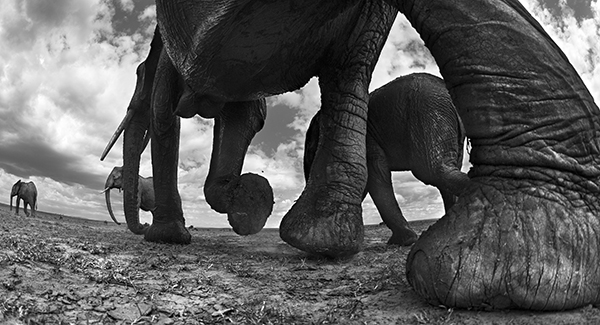
“From my experience of the Mara over the years, I know there are about 15 locations—what I call my outdoor studios—where I can plan the picture,” Shah says. “I know the animals will come there, I know the backgrounds, and I know that at certain times of day the light is very good.”

He also knows that the key to his images is knowledge of his subjects. “It’s crucial to know where they’ll go in what season, what trails they’ll take, what their favorite places are, what they will do and why. Context is everything in the behavior of the animals, and you learn context through study and observation.”

At his outdoor studios he sets his camera on the ground, checks for obstacles that might be in the way of the lens, and removes any that are. He also disguises the camera. “There are grasses around that I use to hide the camera,” he says, “but the best camouflage I found is elephant dung. There’s lots of it lying around in the Mara.” With the camera set, he drives away, and waits.

And if the animals notice his Jeep in the distance? “In the Maasai Mara most of the animals are habituated to the presence of vehicles, and my Jeep is far enough away that they couldn’t care less; they’ll carry on with their daily activities.”
Remote Possibilities
Anup Shah speaks with great precision and care, and he is a bit circumspect with details of his remote methods. “Working out this system took a long time,” he says. “There were many failures in the field. It took two to three years to get it just right.”
His camera is mounted to a motor-driven metal plate that sits low to the ground. If an animal isn’t in the right position, he can remotely swivel the plate or move it up or down to get a better angle.
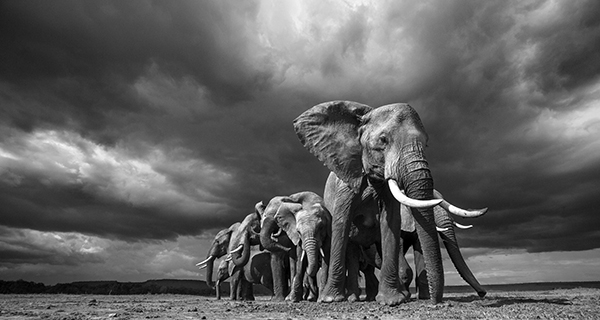
It’s a totally wireless system: his camera transmits a radio signal to the screen of a DVD player with him in his Jeep. He sees what the lens sees and can remotely trip the shutter. “My distance from the camera—50 to 100 yards—depends on whether I’m getting a good signal from the camera,” Shah says.
His presets the f/stop, shutter speed, ISO, exposure program, and metering method. His lenses are wide angles or fisheyes, and he’ll set them for manual focus and rely on depth of field, usually from an f/8 or f/11 setting.
He chooses his shots carefully based on what he sees on the screen. “I’m not doing documentary photography,” he says. “I’m trying to make pictures that will capture what I feel about the animals, pictures that will create a connection. There doesn’t have to be many pictures.”
The goal is to see what’s happening in and at the moment, then preserve that moment without the animals’ being affected or distracted by a human presence.
Which is how it goes most of the time. But as you see in a few photos here, sometimes an animal is aware that something is going on. “A disclaimer,” Shah says of photographs like those: “You can fool some of the animals all of the time and…well, you know.”
Anup Shah’s wildlife photography is prominently featured at shahrogersphotography.com. At anupshah.com the emphasis is on the Maasai Mara and his black-and-white images. The Mara is published in hardcover by the Natural History Museum, London, and is widely available.
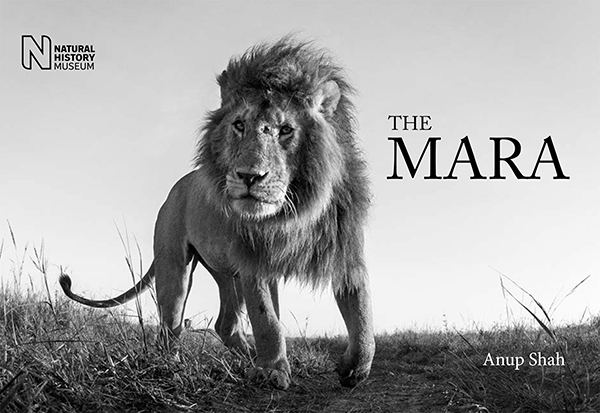
What’s in Shah’s Gear Bag
• The cameras used with Anup Shah’s “bespoke remote system” are all Canons. They include the EOS Rebel T1i (500D), the EOS 5D Mark II, and the EOS 6D.
• The lenses for the photos here were the Canon EF 8-15mm f/4L Fisheye USM, the EF-S 10-22mm f/3.5-4.5 USM, and the EF 16-35mm f/2.8L II USM.
